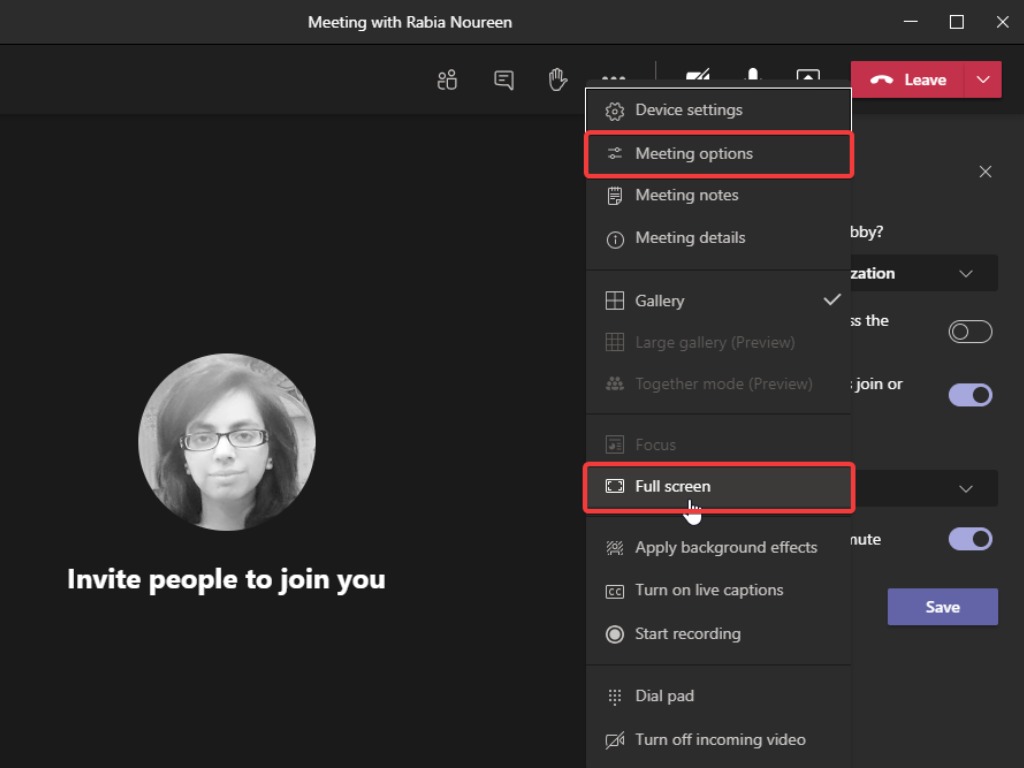- Microsoft Teams Desktop Download
- How To Remote Desktop Using Microsoft Teams
- How To Remove Microsoft Teams From Remote Desktop Server
This article describes the requirements and limitations for using Microsoft Teams in a remote desktop services (RDS) environment.
For depolying Teams on RDS ( remote desktop service), I did a lot of research on it, as far as I know Microsoft Teams support being deployed on Virtualized Desktop Infrastructure (VDI). So it is related how you deployed the RDS with VDI.
What is RDS?
- Microsoft Teams is on the rise, more and more businesses is seeing the potential of Teams and want a piece of the action. Unfortunately Microsoft Teams is not ideally designed to work on a Multi-user environment like Citrix Xenapp or Microsoft Remote Desktop services. It is entirely installed in the users profile, and its quite big.
- Continuous End-to-end Monitoring and Testing of Your Remote Desktop Environment. Once you deploy your sensor you will be continuously monitoring the delivery of your application within your Remote Desktop environment! This can be used for end-to-end monitoring of your Remote Desktop Server, Citrix Xenapp or older Terminal Services environment.
Remote Desktop Services (RDS) is the platform of choice for building virtualization solutions for every end customer need. RDS lets you deliver individual virtualized applications, provide secure mobile and remote desktop access, and provide end users the ability to run their applications and desktops from the cloud.
RDS offers deployment flexibility, cost efficiency, and extensibility. RDS is delivered through a variety of deployment options, including Windows Server 2016 for on-premises deployments, Microsoft Azure for cloud deployments, and a robust array of partner solutions.Depending on your environment and preferences, you can set up the RDS solution for session-based virtualization, as a virtual desktop infrastructure (VDI)
Currently, Teams in a remote desktop services environment is available with support for collaboration and chat functionality. To ensure an optimal user experience, follow the guidance in this article.
Teams on RDS with chat and collaboration
If your organization wants to only use chat and collaboration features in Teams, you can set user-level policies to turn off calling and meeting functionality in Teams.

Set policies to turn off calling and meeting functionality
You can set policies by using the Microsoft Teams admin center or PowerShell. It might take some time (a few hours) for the policy changes to propagate. If you don't see changes for a given account immediately, try again in a few hours.
Calling polices: Teams includes the built-in DisallowCalling calling policy, in which all calling features are turned off. Assign the DisallowCalling policy to all users in your organization who use Teams in a virtualized environment.
Meeting policies: Teams includes the built-in AllOff meeting policy, in which all meeting features are turned off. Assign the AllOff policy to all users in your organization who use Teams in a virtualized environment.
Assign policies using the Microsoft Teams admin center
To assign the DisallowCalling calling policy and the AllOff meeting policy to a user:
In the left navigation of the Microsoft Teams admin center, go to Users.
Select the user by selecting to the left of the user name, and then select Edit settings.
Do the following steps:
a. Under Calling policy, select DisallowCalling.
b. Under Meeting policy, select AllOff.
Select Apply.
To assign a policy to multiple users at a time:
- In the left navigation of the Microsoft Teams admin center, go to Users, and then search for the users or filter the view to show the users you want.
- In the ✓ (check mark) column, select the users. To select all users, select the ✓ (check mark) at the top of the table.
- Select Edit settings, make the changes that you want, and then select Apply.

Or, you can also do the following steps:
In the left navigation of the Microsoft Teams admin center, go to the policy you want to assign. For example:
- Go to Voice > Calling policies, and then select DisallowCalling.
- Go to Meetings > Meeting policies, and then select AllOff.
Select Manage users.
In the Manage users pane, search for the user by display name or by user name, select the name, and then select Add. Repeat this step for each user that you want to add.
When you're finished adding users, select Save.
Assign policies using PowerShell
The following example shows how to use the Grant-CsTeamsCallingPolicy to assign the DisallowCalling calling policy to a user.
To learn more about using PowerShell to manage calling policies, see Set-CsTeamsCallingPolicy.
Microsoft Teams Desktop Download

How To Remote Desktop Using Microsoft Teams
The following example shows how to use the Grant-CsTeamsMeetingPolicy to assign the AllOff meeting policy to a user.
How To Remove Microsoft Teams From Remote Desktop Server
To learn more about using PowerShell to manage meeting policies, see Set-CsTeamsMeetingPolicy.
